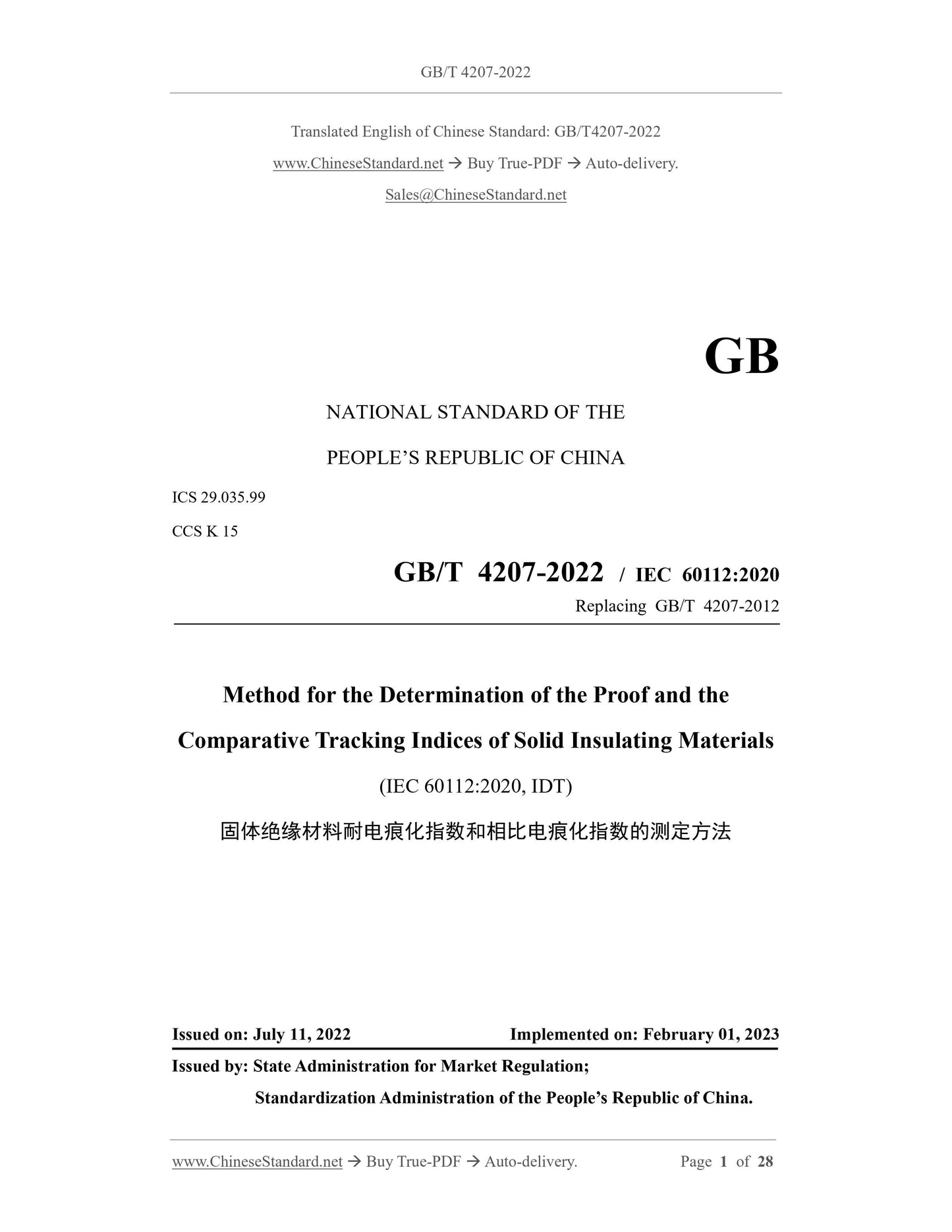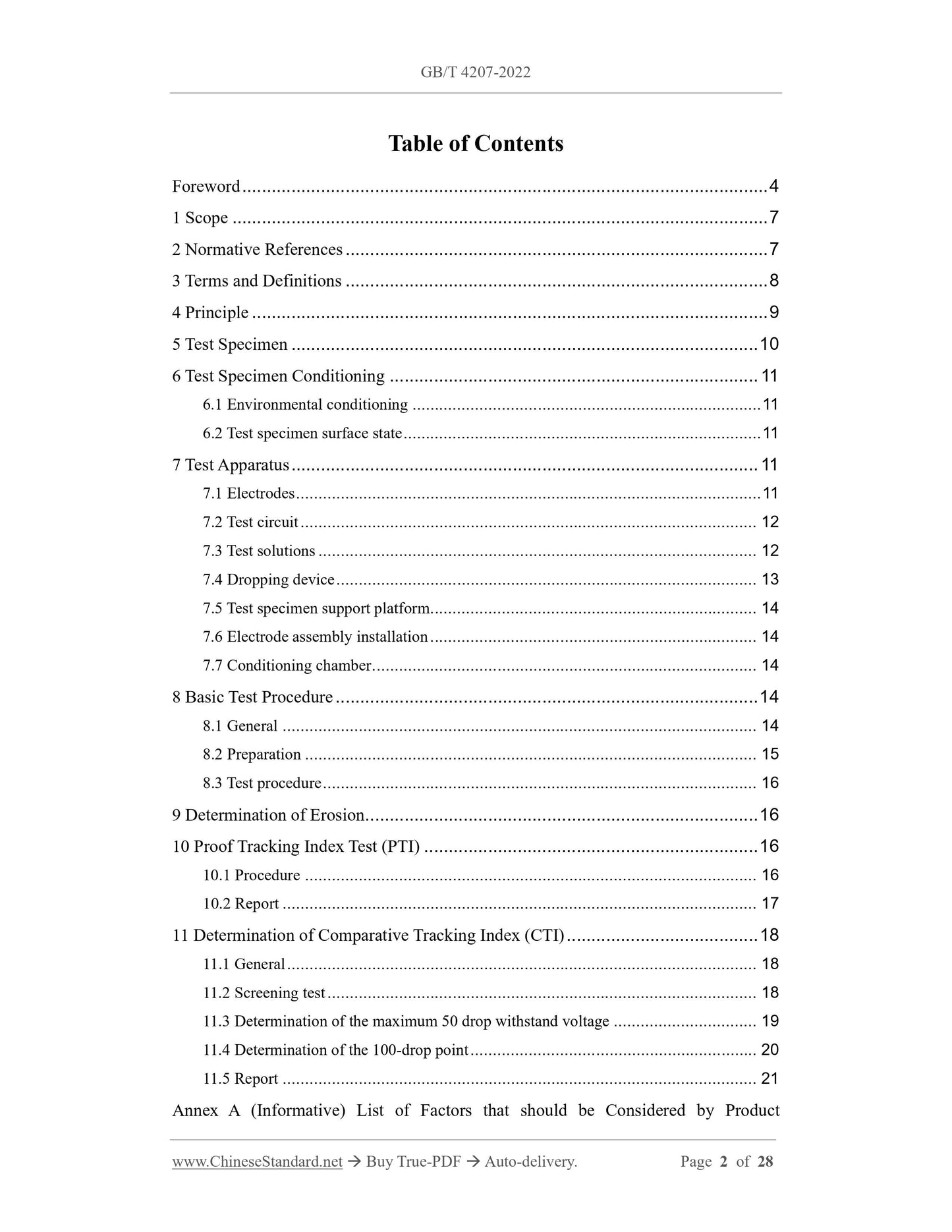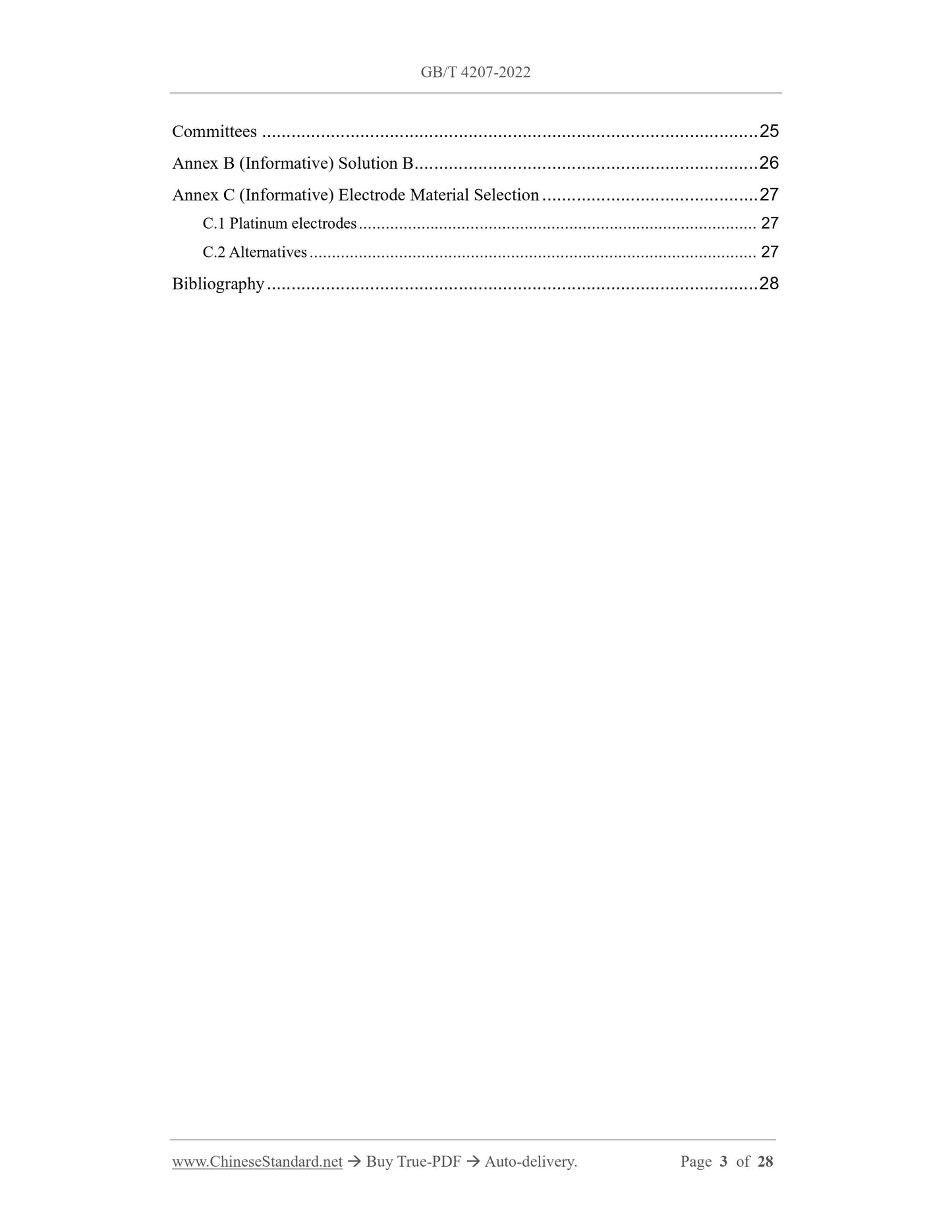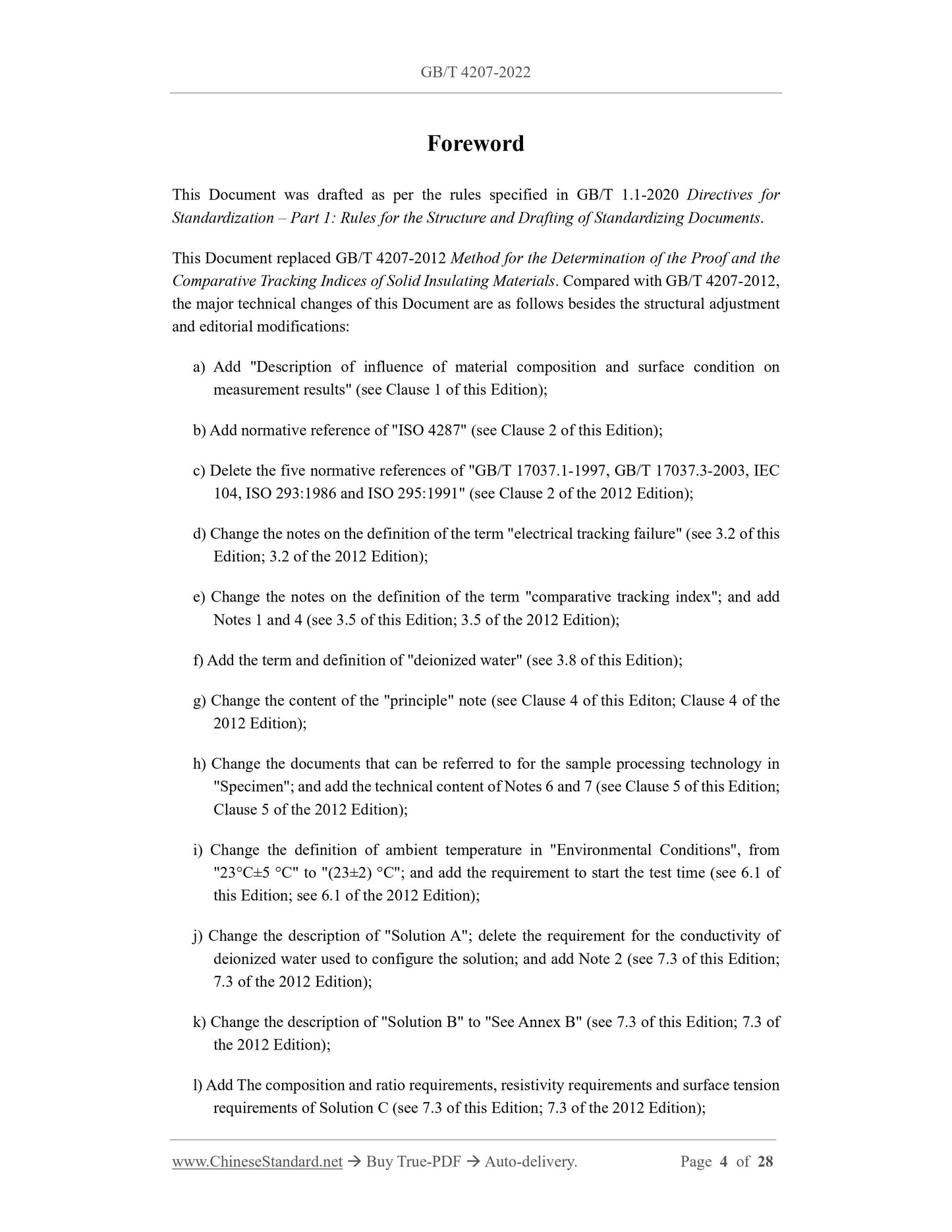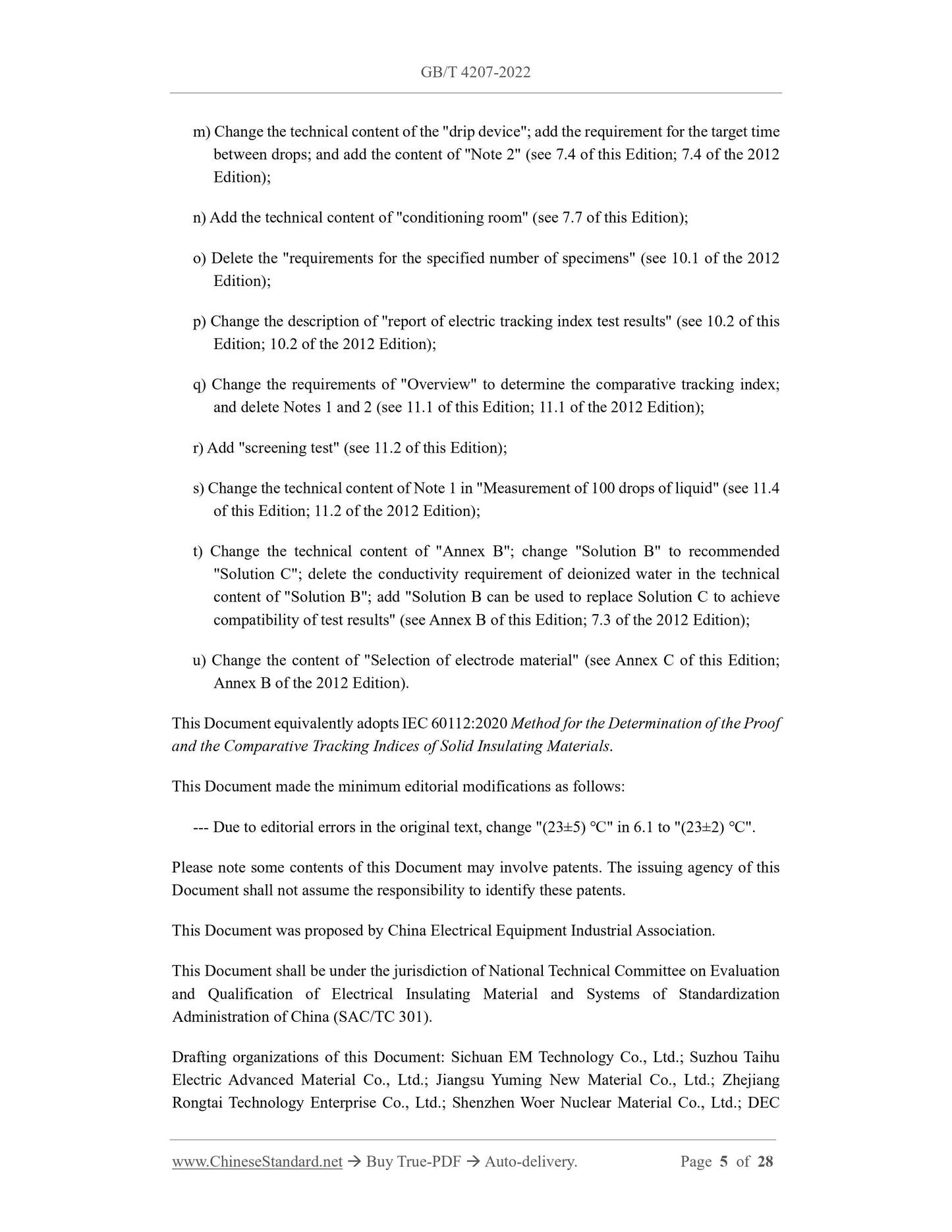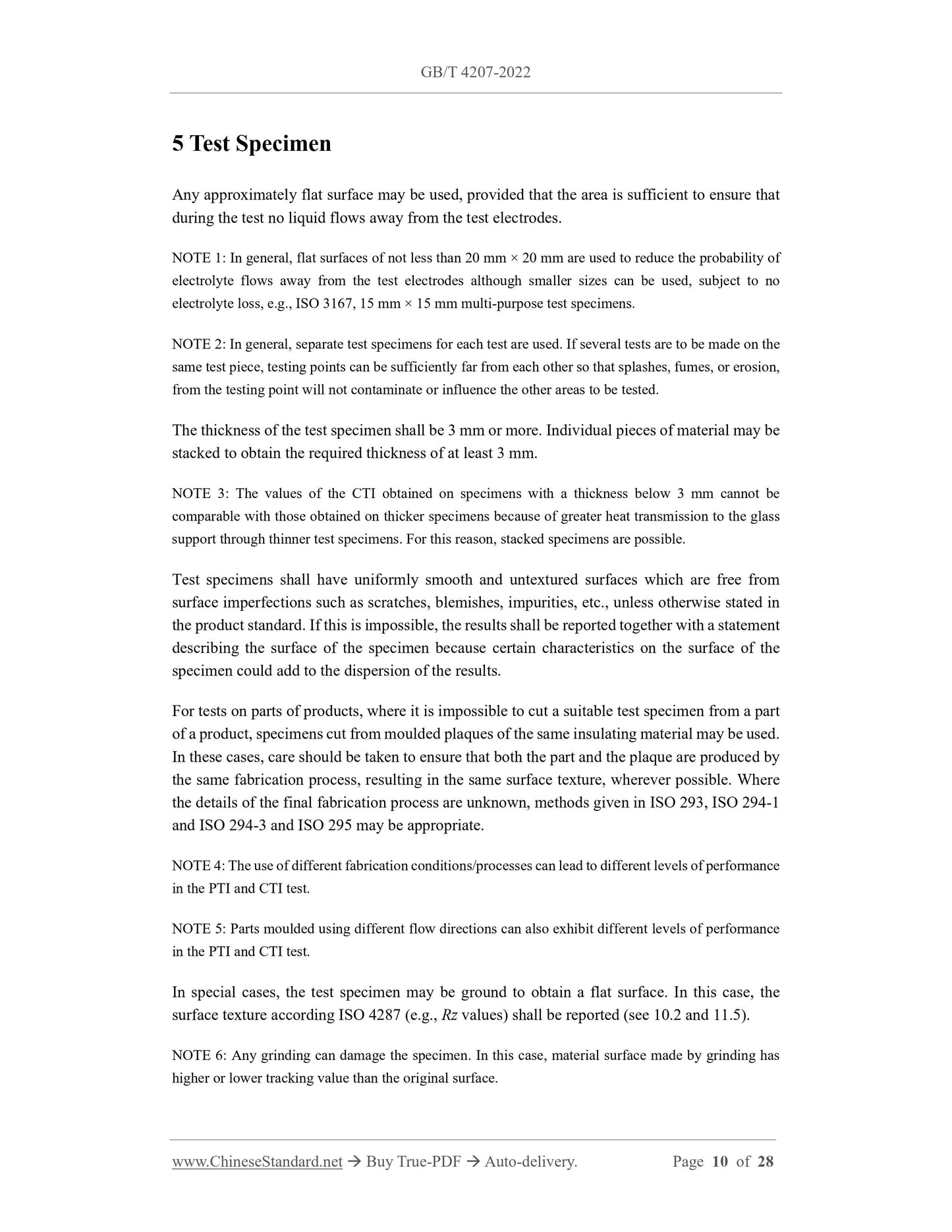1
/
of
7
www.ChineseStandard.us -- Field Test Asia Pte. Ltd.
GB/T 4207-2022 English PDF (GB/T4207-2022)
GB/T 4207-2022 English PDF (GB/T4207-2022)
Regular price
$260.00
Regular price
Sale price
$260.00
Unit price
/
per
Shipping calculated at checkout.
Couldn't load pickup availability
GB/T 4207-2022: Method for the determination of the proof and the comparative tracking indices of solid insulating materials
Delivery: 9 seconds. Download (and Email) true-PDF + Invoice.Get Quotation: Click GB/T 4207-2022 (Self-service in 1-minute)
Newer / historical versions: GB/T 4207-2022
Preview True-PDF
Scope
This Document specifies the method of test for the determination of the proof and comparativetracking indices of solid insulating materials on pieces taken from parts of equipment and on
plaques of material using alternating voltage.
Basic Data
| Standard ID | GB/T 4207-2022 (GB/T4207-2022) |
| Description (Translated English) | Method for the determination of the proof and the comparative tracking indices of solid insulating materials |
| Sector / Industry | National Standard (Recommended) |
| Classification of Chinese Standard | K15 |
| Word Count Estimation | 19,111 |
| Issuing agency(ies) | State Administration for Market Regulation, China National Standardization Administration |
Share
